



Upgrading the nozzle to a narrower type can enhance the cleaning force significantly. A higher-pressure jet focuses water more effectively on surfaces, cutting through grime and dirt with ease.
Investing in a quality detergent can also yield impressive results. Look for formulations that are designed specifically for tough cleaning tasks. These detergents break down stubborn stains, making the entire process smoother.
Regular maintenance is key to retaining optimal performance. Cleaning the filters and checking for clogs will ensure that the unit operates at peak efficiency. Neglecting these simple tasks can diminish power over time.
Considering an external boost to the water supply can provide a noticeable difference. Ensure the input pressure is sufficient, as this will greatly influence the overall output power of the system.
Finally, explore options for modifying the motor or pump. Some enthusiasts opt for aftermarket components that increase the pressure and flow rate. However, bear in mind that such upgrades should be approached carefully to avoid potential damage.
Upgrading the Nozzle for Enhanced Water Flow
Consider replacing the standard nozzle with a high-pressure nozzle designed for specific tasks. These nozzles can significantly increase the speed and concentration of the water jet, resulting in superior cleaning performance.
Look for nozzles with adjustable spray patterns. A rotating nozzle can also provide impressive results by combining a high-pressure blast with a wide coverage area, making it effective for large surfaces.
Choosing a nozzle made from durable materials will ensure longevity and consistent performance. Brass or stainless steel nozzles typically resist wear better than plastic options.
Experiment with different nozzle sizes. A smaller nozzle orifice can enhance pressure while a larger one will increase flow rate. Identify the best option based on the cleaning task at hand.
For certain jobs, consider specific nozzles like turbo or surface cleaner attachments. These attachments enhance the versatility and efficiency of your apparatus while tackling a variety of cleaning challenges.
Ensure compatibility with your device. Measure the nozzle connection size and ensure the upgrade functions well with your specific model to avoid any possible damage.
Choosing the Right Electric Motor for Increased Performance
Focusing on the motor can significantly boost performance. Opt for a universal motor with a higher wattage rating, generally around 1800 to 2500 watts, for optimal results.
Here are essential points to consider:
- Motor Type: Select a brushed motor for affordability and ease of replacement. Alternatively, for longevity and quieter operation, choose a brushless motor.
- Voltage Rating: 220V motors often provide better performance compared to their 110V counterparts. This is particularly relevant when handling tougher tasks.
- RPM: High revolutions per minute (RPM) contribute to greater pressure. Look for motors that operate at 3000 RPM or higher.
- Efficiency Ratings: Check the efficiency rating of the motor. A higher efficiency translates to less energy wasted, thus providing more usable power during operation.
For advanced users, consider custom modifications:
- Replace the stock motor with a higher-spec unit from premium brands known for durability.
- Incorporate a variable frequency drive (VFD) to control the speed and torque of the motor, allowing adaptability for different tasks.
Before replacing the motor, ensure compatibility with existing components, such as the pump and electrical supply. With the right motor, expect to see tangible improvements in cleaning capabilities and operational speed.
Adjusting Water Pressure Settings for Optimal Results
Begin by identifying the correct water pressure settings for the task at hand. Use the manufacturer’s guidelines to determine the appropriate settings for different surfaces; a higher pressure is required for concrete but might damage softer materials like wood or painted surfaces.
Utilising Variable Pressure Controls
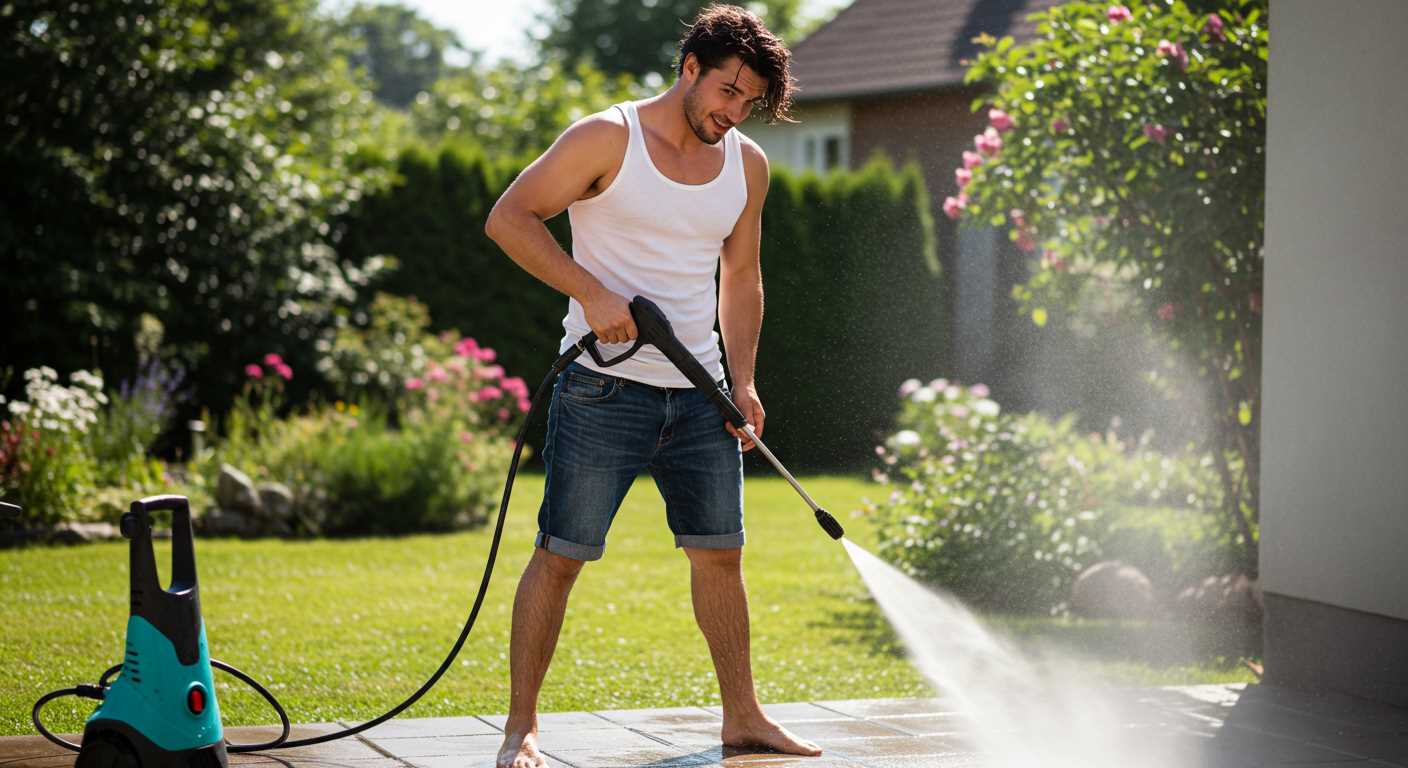
If the unit features adjustable controls, experiment with different settings to find the optimal pressure without causing harm to the surfaces. Gradually increase the pressure while observing the impact on the cleaning results. It’s beneficial to start from a lower setting and work upwards until the desired outcome is achieved.
Monitoring Water Temperature
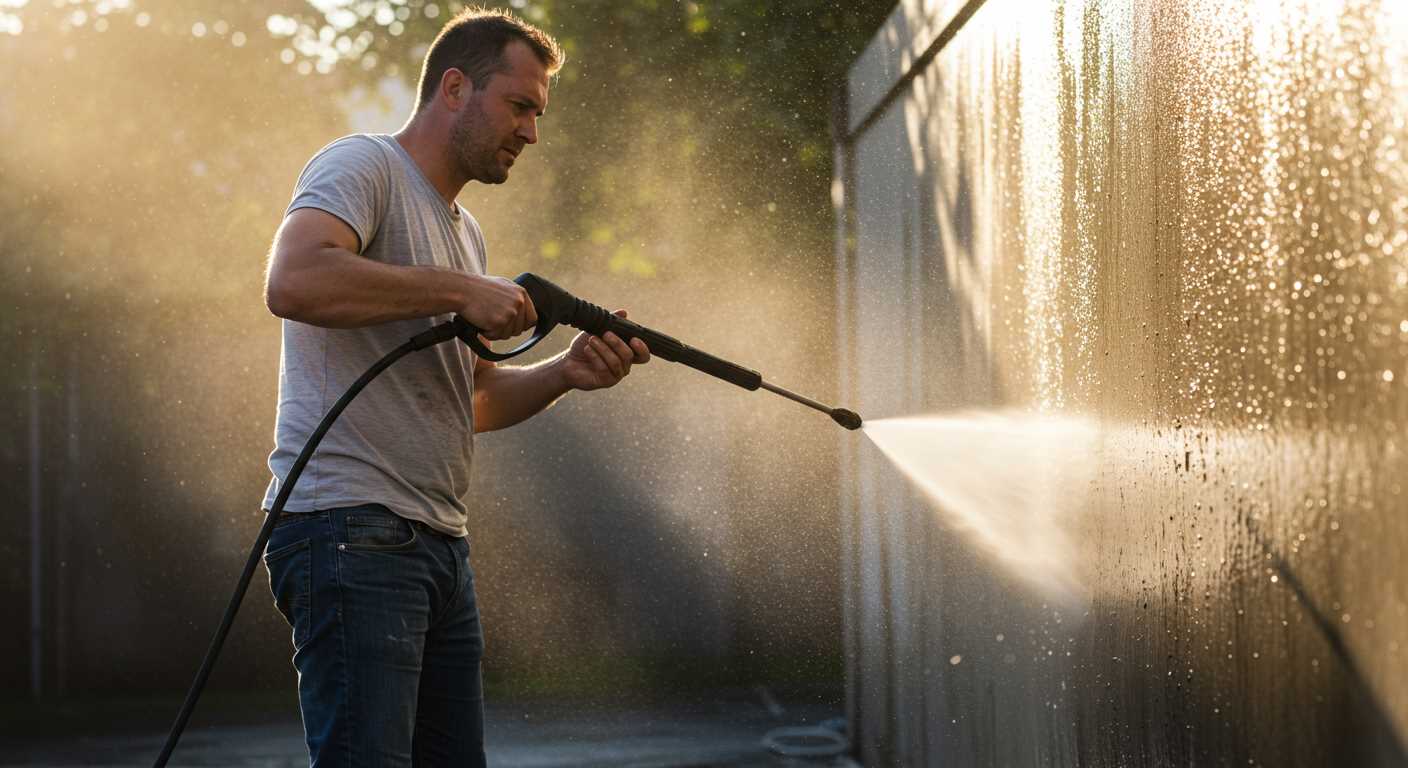
Keep in mind that warmer water can enhance cleaning efficiency. If the model permits the use of hot water, a temperature around 60°C can significantly improve grease and grime removal. Ensure that the material of the hoses and components can withstand higher temperatures before proceeding.
Maintaining and Cleaning the Pump for Consistent Output
Regular maintenance of the pump is crucial for optimal performance and longevity. I recommend dismantling the unit to access the pump assembly every few months. Start by carefully checking for any signs of wear or damage. Use a soft brush to remove dirt and debris around the intake and pump housing.
Steps for Effective Pump Maintenance
| Step | Description |
|---|---|
| 1 | Disconnect from power source and water supply. |
| 2 | Examine for leaks or cracks in the pump casing. |
| 3 | Clean filters and screen to ensure unobstructed water flow. |
| 4 | Check the oil level in oil-driven pumps and change if necessary. |
| 5 | Reassemble the pump components properly and test for functionality. |
For consistent output, it’s wise to flush the system with clean water after each use. This prevents buildup of minerals and debris that could impair efficiency. Use a vinegar solution occasionally to dissolve stubborn deposits. Ensure all ports and connections are free from blockages.
Signs of Mechanical Issues
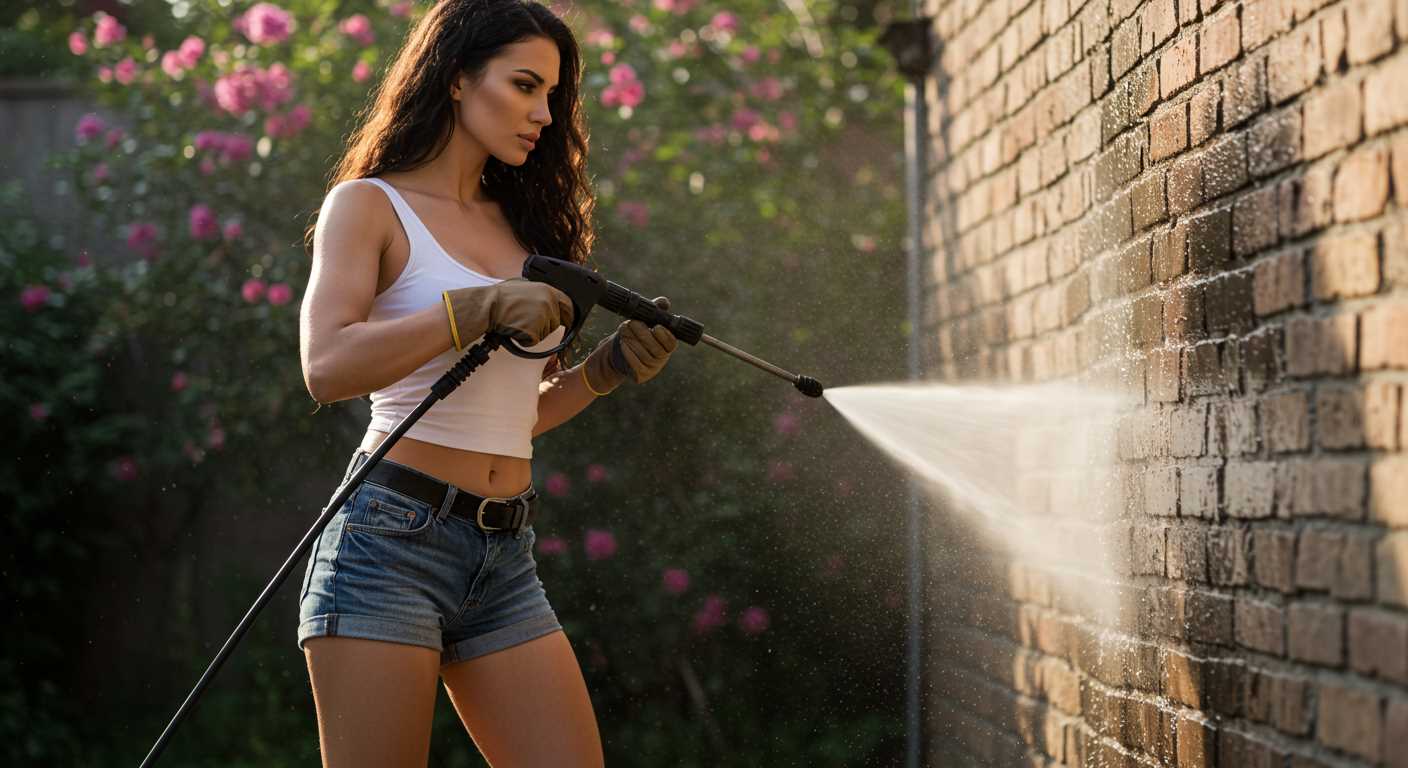
Be vigilant for drops in pressure or unusual noises during operation. These may indicate air leaks or internal blockages. Addressing these issues promptly can sustain high performance and extend the lifespan of your equipment.
Using High-Quality Hoses to Minimise Pressure Loss
Investing in premium hose material is non-negotiable. A well-constructed hose maintains a consistent flow rate, unlike lower-quality alternatives that can lead to significant pressure drops.
- Diameter Matters: Opt for a larger diameter hose. A 5/8 inch hose ensures better water flow compared to a standard 1/2 inch. Thicker hoses reduce resistance, keeping the performance intact.
- Material Quality: Choose hoses made from durable polyurethane or reinforced rubber, which can withstand higher pressures and resist kinks that impede flow.
- Length Considerations: Use the shortest hose necessary for your tasks. Longer hoses increase friction, leading to pressure loss. Keep your setup efficient.
- Coupling and Fittings: Ensure all attachments are compatible and tight. Loose fittings can introduce air leaks, diminishing performance significantly.
Regular checks on the hoses for wear and damage can prevent unexpected pressure drops. A simple routine of inspecting for cracks or leaks will keep your system functioning optimally.
Lastly, always store hoses coiled and protected from harsh elements. This preserves their integrity and prolongs their lifespan, ensuring peak operation each time you use your cleaning setup.
Adding Foam Cannons for Effective Cleaning Solutions
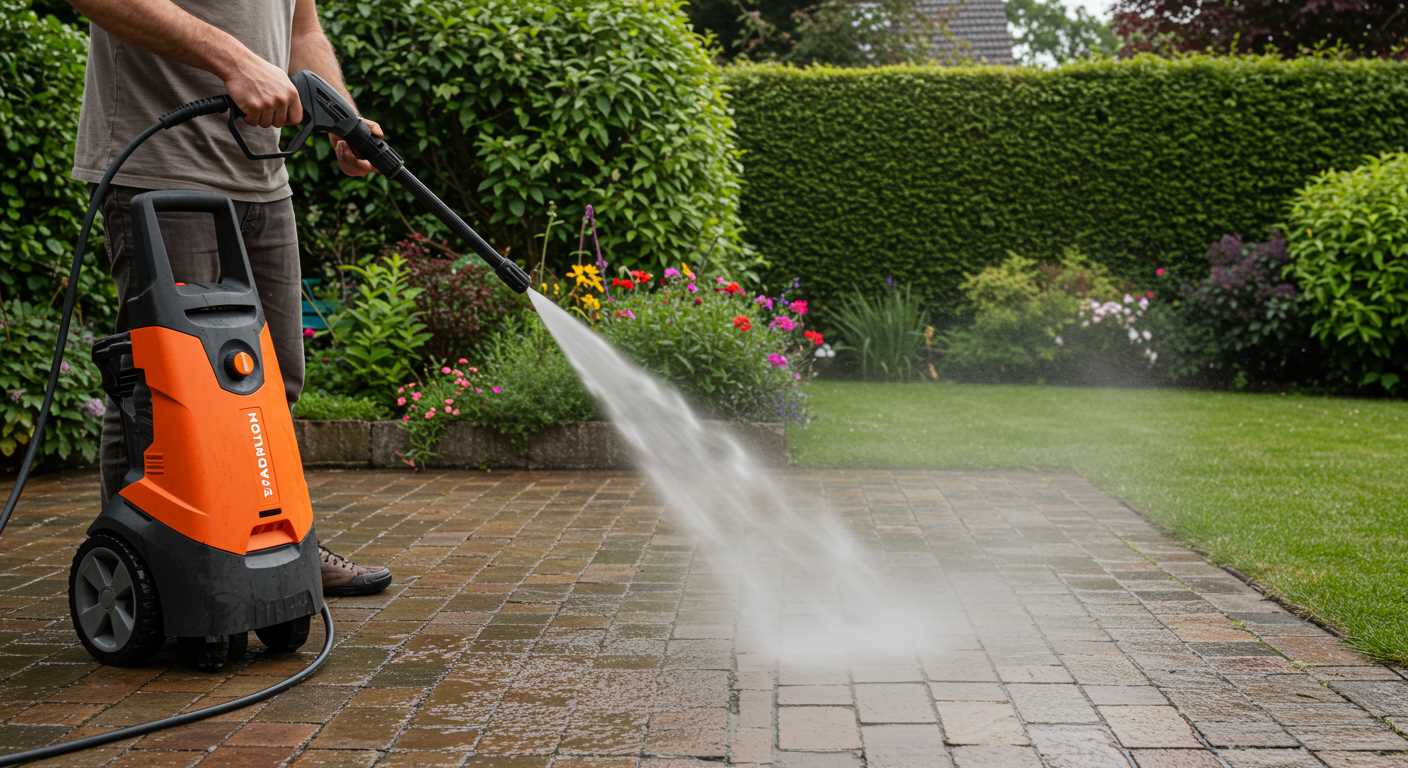
For superior cleaning outcomes, incorporating a foam cannon into your setup dramatically enhances the washing efficiency. Foam cannons create a thick layer of foam that clings to surfaces, ensuring cleaning agents can effectively break down dirt and grime before rinsing.
To utilise a foam cannon efficiently, select one compatible with your sprayer’s specifications. This compatibility is crucial to achieving the desired foam consistency and coverage. When using a foam cannon, opt for high-quality car wash soap or dedicated cleaners that produce optimal suds. Dilute the detergent according to the manufacturer’s instructions to maximise foaming action. A soap with good lubricating properties reduces the risk of scratching delicate surfaces during cleaning.
Setting Up the Foam Cannon
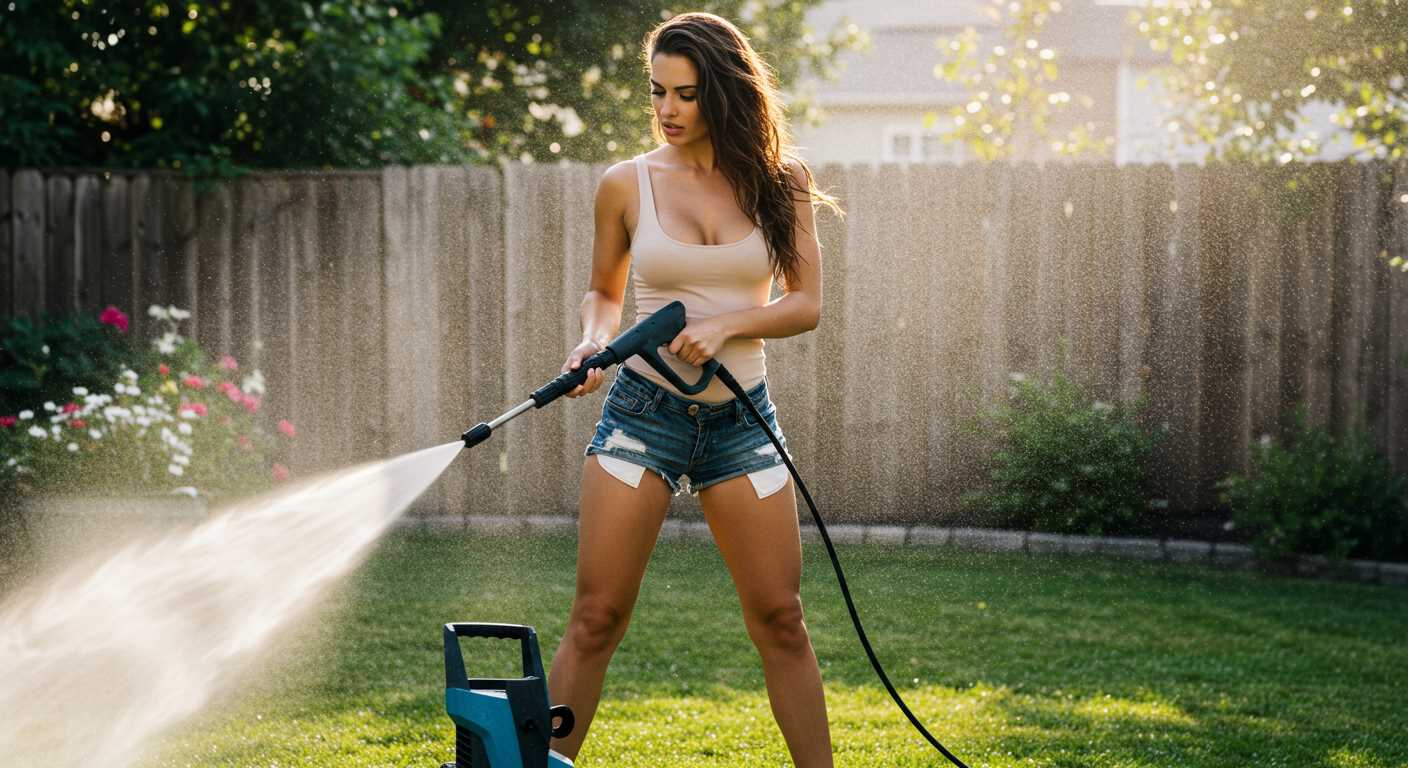
Attach the foam cannon directly to the spray wand or trigger gun, ensuring a firm and secure connection to prevent leaks. Adjust the mixture setting on the cannon to control the soap concentration, which can alter foam thickness. A higher concentration delivers more foam but may require additional rinsing later. Experiment with adjustments for your particular cleaning task to find the best balance.
Utilising the Foam Effectively

Start by spraying the foam onto the surface from a distance of around 2-3 feet. Allow it to dwell for a few minutes, as this helps loosen stubborn contaminants. After the dwell time, use the high-pressure water stream to rinse the foam away, revealing a thoroughly cleaned surface. This two-step technique greatly enhances results compared to traditional washing methods.
Implementing Proper Techniques for Maximum Cleaning Efficiency
Using the correct angles while cleaning can significantly impact your results. Hold the lance at a 45-degree angle for surfaces like decking or driveways to effectively lift dirt without damaging the material. For tough stains, such as oil on concrete, a direct approach at a 90-degree angle ensures concentrated force on the area.
Efficient Movement Patterns
Adopt a systematic cleaning pattern. Start from the top and work your way down, overlapping each stroke slightly. This technique prevents dirt from splattering onto already cleaned areas, ensuring uniform cleanliness. Additionally, maintain a consistent distance of approximately 12 to 18 inches from the surface. This distance optimally balances pressure application and coverage area.
Pre-Soaking for Stubborn Stains
Before high-pressure cleaning, pre-soak heavily soiled areas with a degreaser or a suitable cleaning solution. Allow it to dwell for a few minutes to break down grime effectively. This preparation reduces the time spent scrubbing, making the process quicker and less demanding. After pre-soaking, switch to the high-pressure setting for a thorough rinse, ensuring no residue is left behind.









